Each page is stained with violence and blood and death. Irreparable ruin, if not perdition, might very well be the theme of Cormac McCarthy’s novel, Blood Meridian. Yet according to Augustin, ruin implies a collapse, a decay, and for that to happen a completeness or a built thing, a good, must first exist. Such an example of the Good occurs in chapter fifteen of McCarthy’s novel.
But first, ruin is insatiable. It devours what it wants, and it wants everything. To that point, Blood Meridian begins in the shadows’ waste. Consider the opening paragraph from the novel:
See the child. He is pale and thin, he wears a thin and ragged linen shirt. He stokes the scullery fires. Outside lie dark turned fields with rags of snow and darker woods beyond that harbor yet a few last wolves. His folks are known for hewers of wood and drawers of water but in truth his father has been a schoolmaster. He lies in drink, he quotes from poets whose names are now lost.
“Darker woods beyond that harbor yet a few last wolves.” The homeplace lies a wreck. But not too far away more troubles lurk. “His folks are known for hewers of wood and drawers of water,” nods to an Old Testament account from the book of Joshua, chapter nine, in which several Canaanite cities deceive the Israelites and through such deception win an oath of protection from the Israelites, only to later have their trickery discovered and, as a consequence, be made “hewers of wood and drawers of water unto all the congregation [of Israel].” In other words, the cities fell to one of the lowest types of servitude. In such a lowly estate, Blood Meridian’s main character has his heritage. From there we learn that the child’s birth caused his mother’s death. And though the child’s father was a schoolmaster, able to quote poetry, the father has given himself over to drunkenness and stands in dereliction of duty to his son; consequently, the child “can neither read nor write and in him broods already a taste for mindless violence.” McCarthy’s novel begins like this, it continues like this, it ends almost in total darkness. What, then, is complete or good here that might be ruined?
Every one of these evidences of the good, though imperfect, bears witness to a deeper theme in Cormac McCarthy’s novel, a deeper theme that runs parallel to the theme of irreparable ruin.
There are several glimmers of the Good: There is the tavernkeeper’s wife who nurses the main character back to health after the kid suffers a major injury during a fight. There is the Mennonite who prophesies the ruin to come should the main character continue down his destructive path. There is the minister preaching in a tent revival about God’s omni-presence. There is the doctor who, like the tavernkeeper’s wife, rescues the kid from a mortal wound. There is the main character’s own demarcation between himself and the calamitous super villain, Judge Holdren. Every one of these evidences of the good, though imperfect, bears witness to a deeper theme in Cormac McCarthy’s novel, a deeper theme that runs parallel to the theme of irreparable ruin. That deeper theme is the existence of the Good.
How do the novel’s characters respond to the Good? Other writers have well noted the imagery of desecrated human bodies and religious iconography and Judge Holdren’s prideful claim that he alone is the judge of all the earth. Blood Meridian never turns away from any such madness. Most everyone and everything in the novel ignores or berates or besmirches the Good.
Nevertheless, in chapter fifteen, just over halfway through the book, the kid and the marauding scalphunters with whom he travels endure an ambush that injures and separates the gang. The kid finds himself alone and bedraggled. He sets out to find his fellow scalphunters. “In the predawn light he made his way out upon a promontory and there received the first of any creature in that country the warmth of the sun’s ascending.” This moment might very well count as evidence of the Good. Soon, though, the kid is overtaken by a storm and, afterwards, has a Burning Bush moment, one in which he approaches “a lone tree burning on the desert. A heraldic tree that the passing storm had left afire…. [a] torch whose brightness had set back the stars in their sockets.” But neither the sun’s warmth nor the heraldic tree draw from the kid a conversion to the Good. He seeks his gang still and eventually finds them, “so like [him] in wretchedness of circumstance.”
Battered and in need of rest, the gang reaches a town where they are given shelter in a barn. Who would give these strangers respite? Everywhere the group has traveled, blood and bodies trail in their wake. In addition, they demonstrate gluttony and lust wherever they stay: they wear out the prostitutes, empty the food stores, and drain the taverns dry.
But in this particular town, which “like all the presidios along the border was much reduced from its former estate and many of the buildings were uninhabited and ruinious,” the gang takes no lives, breaks no thing. Even Judge Holdren makes no assault on the boy who carries a lamp and leads the men into the barn where the door is shut and the men are left in “profound and absolute darkness.”
Yet the place doesn’t remain so tenebrous. And here is another evidence of the Good that exists in Blood Meridian, for “one by one they began to divest themselves of their outer clothes … and one by one they propagated about themselves a great crackling of sparks and each man was seen to wear a shroud of palest fire. Their arms aloft pulling at their clothes were luminous and each obscure soul was enveloped in audible shapes of light as if it has always been … luminosity in beings so endarkened.” It seems that even the wayward are given a light, are given the Good. How they reply to the Good reveals much to them, or least about them to the reader.
Blood Meridian rattles and disturbs readers because, like the characters in the book, we have a moral awareness, even if that awareness has grown dull or dim. In the passage from Blood Meridian considered here, McCarthy writes a tender, quiet moment, in a barn (or stable) no less, and gives the characters, as well as the readers, a rest from the miasma of cruelty that beats on throughout the novel and tramples down characters and readers alike. The story, however, works in a way similar to Flannery O’Conner’s stories that demonstrate “the action of grace in territory largely held by the devil.” But what will “beings so endarkened” do after being so illumined? For the devil, to be sure, doesn’t concede his territory.
Those who’ve read the novel know what becomes of the kid and his fellow gang members and the Judge. For those who’ve yet to read the novel, I recommend reading it in daylight hours. Blood and violence and death are on every page; however, trace that which has fallen back to its original height, especially the moment in the barn where all the rough characters are aglow. Perhaps then the pale lights glimmering, for a moment, from these endarkened fictional characters will draw readers toward some good—not to the characters or to lesser gods or to human exceptionalism, but, rather, to that light which ruin seems to have overshadowed yet cannot dispel, the light that shines first and last and forevermore.
Image via Freerange.

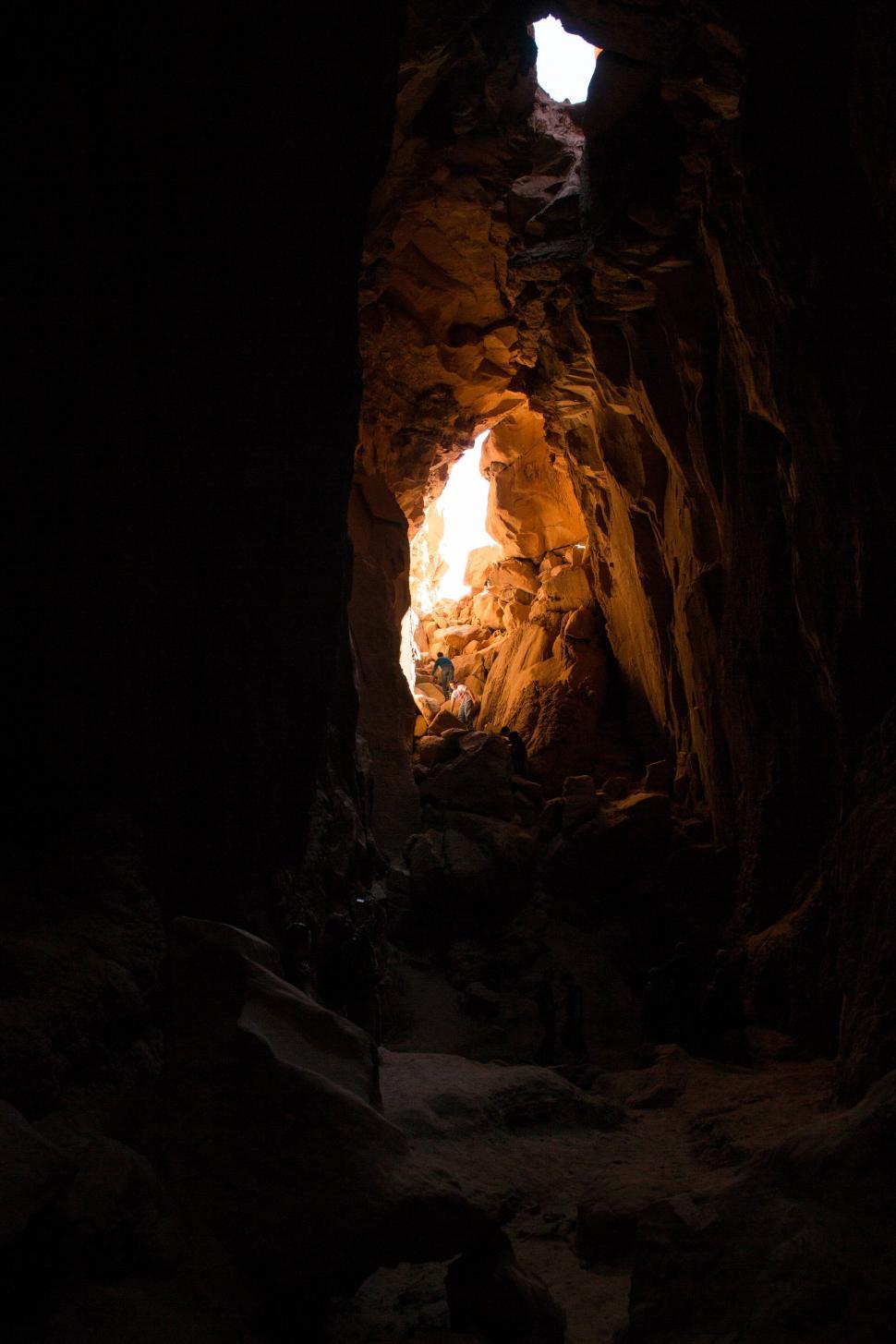

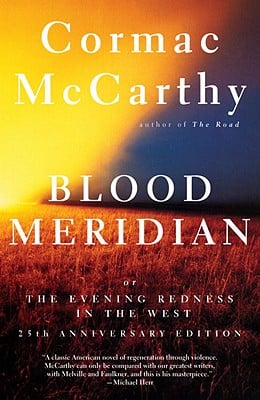
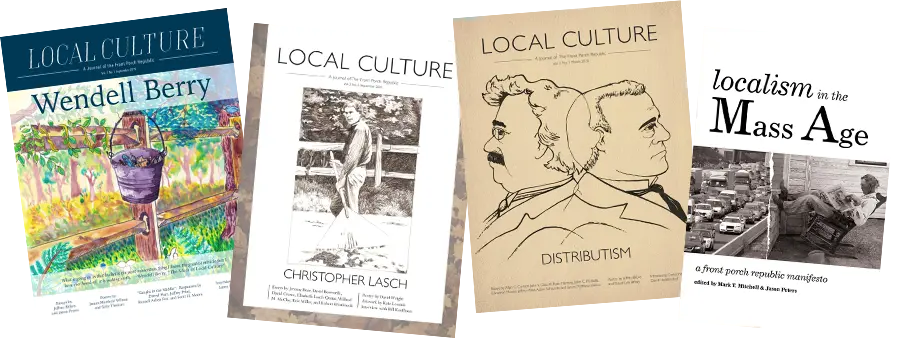

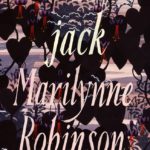
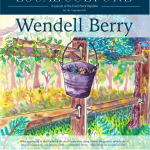
1 comment
Brian Miller
With McCarthy, that flickering light at the end of the tunnel turns out to be the last match. Then the darkness comes and stays. I can’t say that I find any hidden messages of light in his work. Still, I like the man.
Comments are closed.